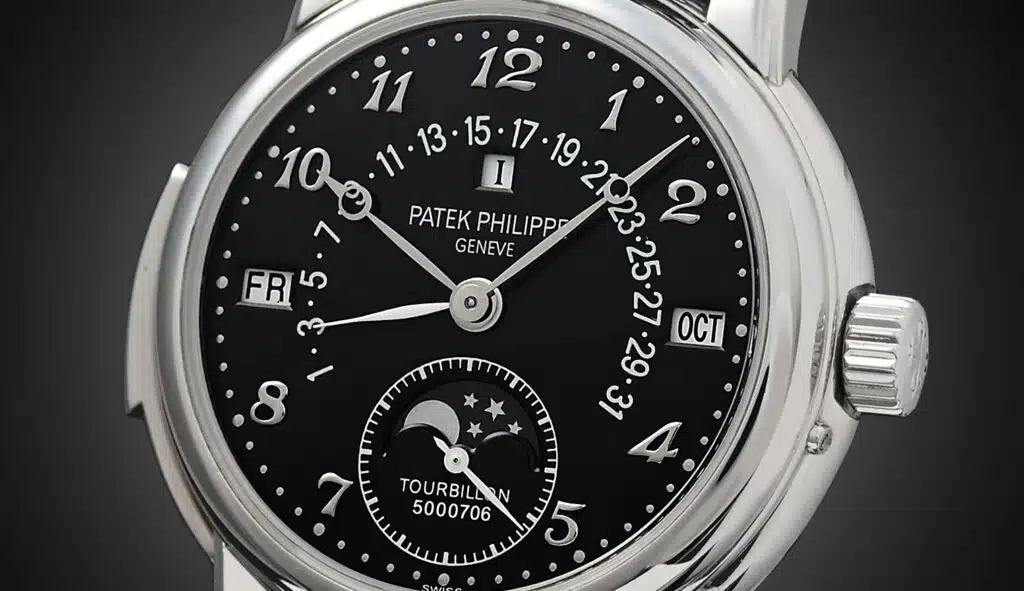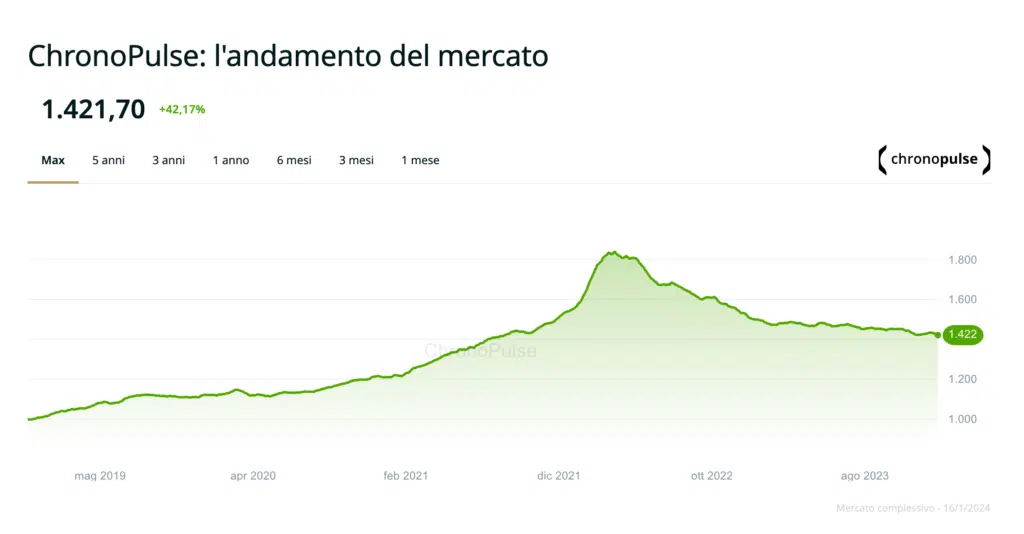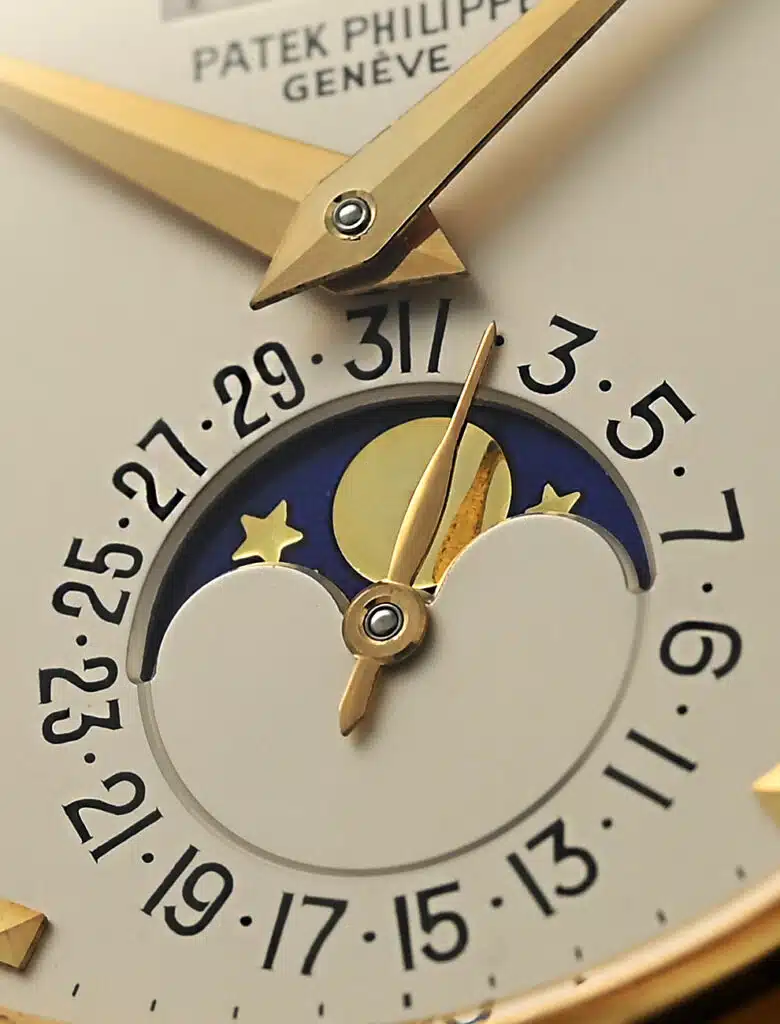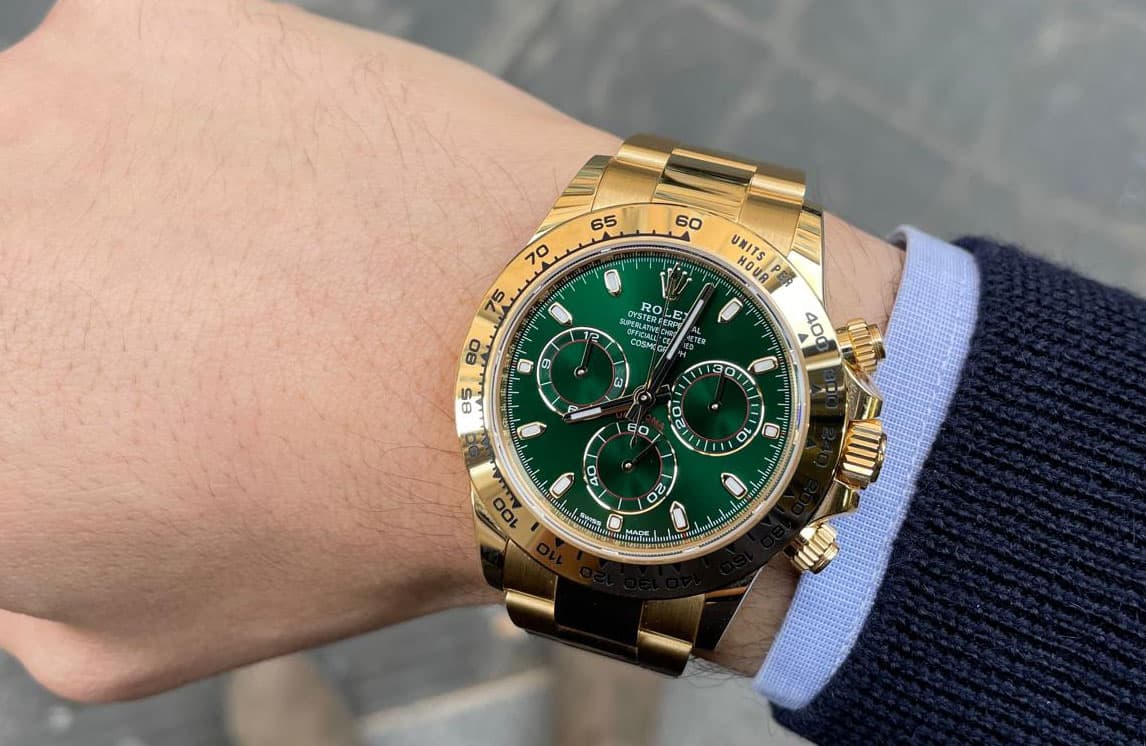What is happening to the collectible watch market? There are so many rumors chasing each other, but they all agree on two firm points.
The first is that high-end collecting is becoming increasingly strong and attracts enthusiasts from all over the world.
The second is obvious to all: the vintage market, and consequently the second-wrist market, has become so important that it is also chosen and sought after by major global brands. The arrival of emblazoned brands legitimizes, if ever there was a need, the entire industry and increases the overall level of security in trade.
Let's try to understand how this sector, which is also increasingly vital and attractive to large investors, is really evolving.

Let's start with a fact: the world of collectibles, unquestionably driven by luxury watches (which surpass automotive in quality and quantity of trade), has recently reached extraordinary figures, according to the latest research by Market Decipher: by 2023 it was estimated at $462 billion, and is expected to reach an astonishing $1 Trillion within a decade. This market boom, fueled by the growing trend of luxury watches being considered as alternative investment assets, has led to unprecedented expansion.
Watches, which have always been objects of desire for enthusiasts, have become even more attractive, with Rolex and Patek Philippe leading the charge of cult objects. Whether new or second-hand, they represent fashion for some, art or investment for others.
The rarest and most coveted models continue to reach astronomical sums, testifying to their irresistible appeal, although careful observation of market trends reveals some surprising peculiarities.
We use as a reference ChronoPulse made by Chrono24, a revolutionary price index that provides a timely overview of the luxury watch market. Based on more than 600,000 transactions, it analyzes the performance of the 14 watch brands-and their 140 distinctive models-with the highest transaction volumes in the global secondary market.
ChronoPulse bases its values on actual sales figures and data collected over Chrono24's 20-year history. To understand past and present price trends as well as the influence exerted by certain models and is a valuable tool because it is a public and easy-to-use index. With its global reach and detailed data from around the world, this precise model is the first point of reference for interesting reflections on the ever-changing luxury watch market.

Looking at the ChronoPulse graphs , which we recall take into consideration a period starting from January 1, 2019 and ending in mid-January 2024, we observe how the market, in this time frame, between peaks and troughs, has actually increased by a good 71.46 percent. This is a decidedly important value, rewarding those who have been able and willing to commit time, head and capital to the world of hands.
However, if we divide this chart by looking one by one at the most important maisons of haute horlogerie, perhaps going into the specifics of their cult models, we cannot help but notice important differences. To best understand the charts, we must consider that ChronoPulse's point system is used to measure the overall performance of the market or a manufacturer, independently of the individual prices of the watches considered. For all indexes, the calculation begins on January 1, 2019 with a fixed starting value of 1,000 points. The change in an index reflects the percentage performance of contained watches. The use of points offers the standardized possibility of comparing the performance of indices regardless of whether the contained watches are in the same price range.
Having made this due premise, let us observe how the best results in percentage, are those of Patek Philippe and Audemars Piguet. Within these two brands, the best performance, but above all the most homogeneous and continuous growth, can be observed in the vintage pieces that are no longer in production, or of the very top of the range, that little "kingdom" made up of multi-complicates and special series. This means that the market rewards those who spend the most, but also those who choose the exclusive and the unrepeatable, leaving "current" production, sometimes even industrial, to those who demand (and do not always get) easy money and maximum visibility.
To be highlighted is the extremely linear and positive performance of Cartier, which has seen the value of its timepieces rise very steadily. This is a positive sign all the more because it concerns a merca within the groups, which had been penalized so much during the speculative bubble.
Also doing well is Vacheron Constantin, which has regained interest in the very high end of the market. A separate chapter is that of Omega. For the Biel House, the vox-populi had decreed, after the problems had by the millionaire Speedmaster during the famous Phillips auction, an uncertain present and a trading halt. If, on the contrary, we look at ChronoPulse's data, we cannot help but observe a positive trend in absolute and continuously growing even relatively to the present day.
Less well, finally, Tudor and Panerai, the former overvalued in past years and now back to a position of growth within its target audience, the latter, the object of indiscriminate (and sometimes specious) media attacks, is struggling to regain the placement it deserves.

Returning to an overall view, the increasing focus on historical and discontinued models has helped grow the market for hands, with sales of $22 billion in 2021. The financial results allowed the sector to grab one-third of the $75 billion total luxury watch market, attracting new buyers and fueling faster growth than the new watch market.
According to a study by BCG and WatchBox, the global luxury collectible watch platform, used watches have performed remarkably well over the long term, challenging traditional investment categories. Despite the challenges caused by the pandemic, a portfolio consisting of Rolex, Patek Philippe, and Audemars Piguet saw a 20 percent annual increase between 2018 and 2022, compared to the 8 percent annual rate of the S&P 500 Index.
The market for quality vintage is set to grow further, with forecasts to reach $35 billion by 2026, compared to $66 billion for the new watch market. Online sales, led by platforms such as WatchBox, Chrono24, and Watchfinder will account for nearly 60 percent of the secondhand luxury watch market by 2026, while stores expand their reach when they ensure a large offering and communicate their presence in a major way. It will be hard, on the other hand, for small businesses, for solitaires, for all those who used to manage their own group of enthusiasts and are now being heeled by a world that has found its way into communication.
The ease of buying and selling, along with increased investment opportunities, is increasingly attracting younger consumers. 54% of Gen Z and millennial buyers have increased their purchases in the past two years, influenced by the expected future value of the watch. However, this also carries risks, with 66% of them exposed to the risk of receiving a product that does not meet expectations and then falling out of love as quickly as they had approached perpetual chronographs and calendars.
In conclusion, the global luxury watch market is constantly evolving, driven by the increasing consideration of watches as investment goods . Steadily increasing demand, the ease of online purchasing, and the search for unique models are shaping the future of this fascinating industry, promising more surprises in the coming years.
